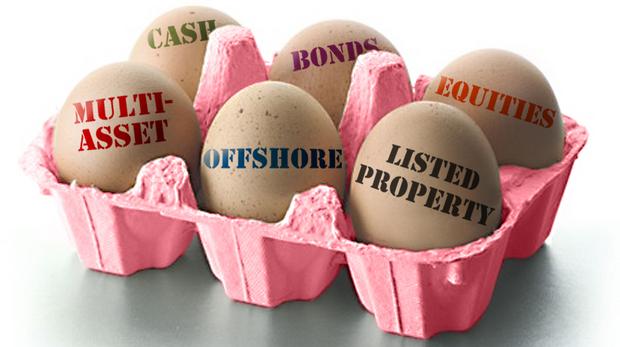
When you begin your career, one of the best things to do is to start saving for retirement. Although retirement might seem too far away to worry about now, having a large enough nest egg so you can retire comfortably takes decades to achieve. When investing, time is a great ally.
Your employer may offer a pension or provident fund, or you may choose to take out your own retirement annuity (RA). Either way, you must choose how your savings are invested. Balanced funds have become a popular choice because they are excellent vehicles for long-term retirement savings.
“Balanced fund” is the popular term for funds in the South African multi-asset category of collective investment schemes, and typically those in the high-equity sub-category.
Balanced funds must comply with regulation 28 of the Pension Funds Act
Regulation 28 of the Pension Funds Act prescribes how much of each asset class a retirement fund can invest in. For example, a fund can hold as much cash as it likes – up to 100% of its portfolio – because cash is the least risky of all investments. However, it can hold only 75% of its portfolio in equities (shares), because this type of asset is riskier – but it also tends to provide the best opportunity to grow.
The purpose of regulation 28 is to protect retirement investors from taking on too much risk and possibly losing their savings, while at the same time allowing them enough room to invest in more risky assets, such as equities, that provide better returns, particularly over the long term.
Balanced funds automatically comply with regulation 28 and are therefore appropriate for retirement savings.
Balanced funds can have the highest permissible exposure to equities
Balanced funds can invest up to 75% of their assets in equities, depending on their mandates. Although volatile over the short term, equities have demonstrated the ability to grow the most above inflation over the long term.
Under regulation 28, balanced funds can provide investors with the maximum permissible exposure to growth assets over time. They therefore provide investors with the growth engine they need during the accumulation phase of their retirement-saving strategy.
Balanced funds can diversify
Balanced funds can invest across a wide range of asset classes, both in South Africa and beyond our borders, which allows them to provide investors with a large degree of diversification across many industries, countries, regions, currencies and assets. Because diversification decreases risk (the old adage of not having all your eggs in one basket), investors in these funds can achieve solid returns at lower levels of risk.
A professional manager manages and regularly rebalances your portfolio
Fund managers have the knowledge and experience to avoid assets that are more likely to lose value from time to time, and to acquire and hold assets that are more likely to increase in value from time to time. In addition, investors know that their managers will be able to switch their exposure to the optimal mix of assets quickly and efficiently, without them having to complete laborious documentation and follow a slow transfer process.
Rebalancing in a balanced fund does not lead to a capital gains tax event for the investor
Whenever you sell an asset – be it a stock, a bond or even a property – the government levies tax on the gain you made on it from the time you bought it. Investors in unit trusts (such as balanced funds) are not subject to capital gains tax (CGT) on purchases and sales made by the fund manager within the unit trust structure.
As balanced funds have the broadest exposure to the various asset classes, fund managers are able to increase or reduce exposure to different securities, instruments and currencies within the fund without this triggering a CGT event for the investor.
There will be tax implications on selling the units and using the money for retirement.
Conclusion
Asset allocation is a skill and a major determiner of investment returns. Balanced funds have several advantages for the average investor, and it is for this reason that these funds contain such a large proportion of investors’ savings – whether via retirement products or direct discretionary investments.
In addition, the lesson of compounding is a powerful one. The average balanced fund in the South African multi-asset high-equity sub-category has returned about 14% a year since inception of the category in February 1994. This means that, over the long term, every R1 000 put into a balanced fund has doubled in just over every five years. Even if you take a more conservative return of 10% a year, this means that your initial investment doubles every seven years.
If you start investing – however small an amount – at 23 years of age, instead of waiting until you’re 30, you have a very good head start towards financial independence. In fact, by the time you’re 30, your initial investment could well be worth more than double the investment of someone who starts saving only at that point.
